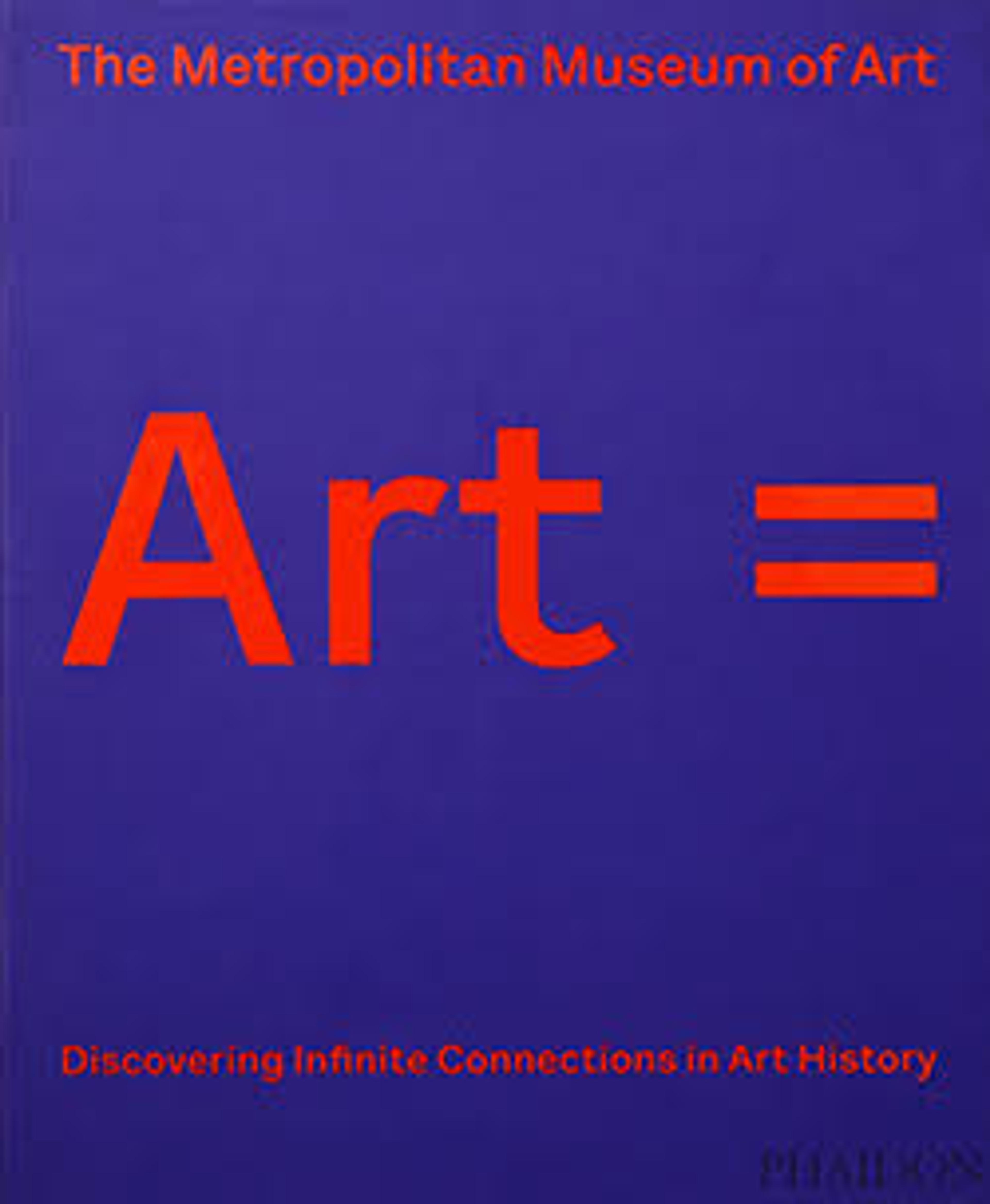Safe Conduct Pass (Paiza) with Inscription in Phakpa Script
The openwork inscription on this circular plaque has been filled with silver to the extent that the characters project from the surface of the plaque on both sides; the inscription on the reverse is thus inverted. The type of script—used early on to write the Mongol language—is named for its inventor, Phakpa (1235–1280), the Tibetan monk and scholar who served as the imperial preceptor for the Mongol court during the reign of Khubilai Khan (1215–94). The inscription reads, “By the strength of Eternal Heaven, an edict of the Emperor [Khan]. He who has not respect shall be guilty.” The form of the pass (paiza), with its animal mask decoration, is similar to that of a Tibetan mirror for reflecting evil.
Artwork Details
- 八思巴文鐡牌
- Title:Safe Conduct Pass (Paiza) with Inscription in Phakpa Script
- Period:Yuan dynasty (1271–1368)
- Date:late 13th century
- Culture:China
- Medium:Iron with silver inlay
- Dimensions:H. 7 1/8 in. (18.1 cm); W. 4 1/2 in. (11.4 cm)
- Classification:Metalwork
- Credit Line:Purchase, Bequest of Dorothy Graham Bennett, 1993
- Object Number:1993.256
- Curatorial Department: Asian Art
More Artwork
Research Resources
The Met provides unparalleled resources for research and welcomes an international community of students and scholars. The Met's Open Access API is where creators and researchers can connect to the The Met collection. Open Access data and public domain images are available for unrestricted commercial and noncommercial use without permission or fee.
To request images under copyright and other restrictions, please use this Image Request form.
Feedback
We continue to research and examine historical and cultural context for objects in The Met collection. If you have comments or questions about this object record, please contact us using the form below. The Museum looks forward to receiving your comments.
